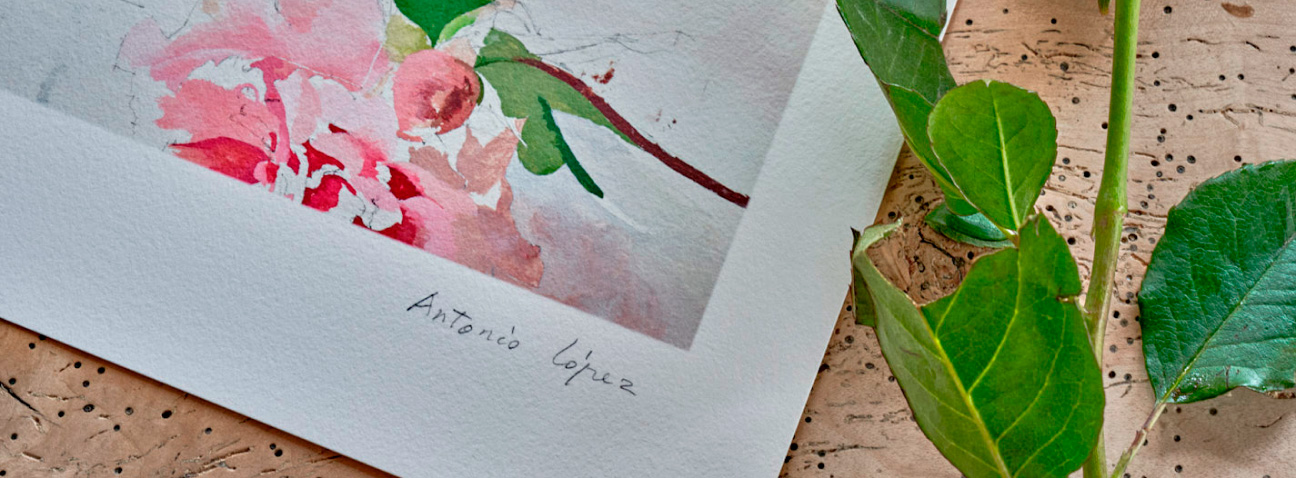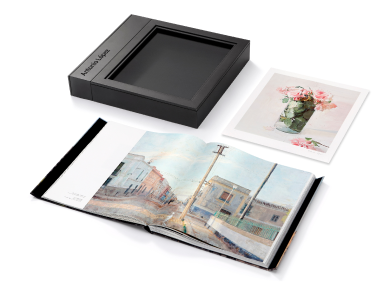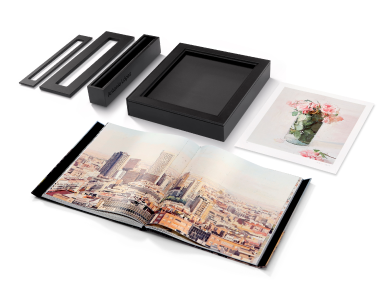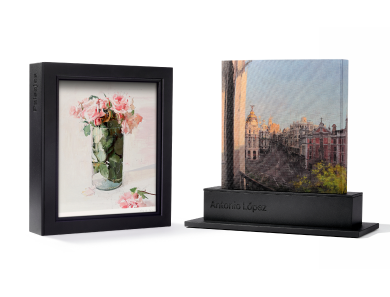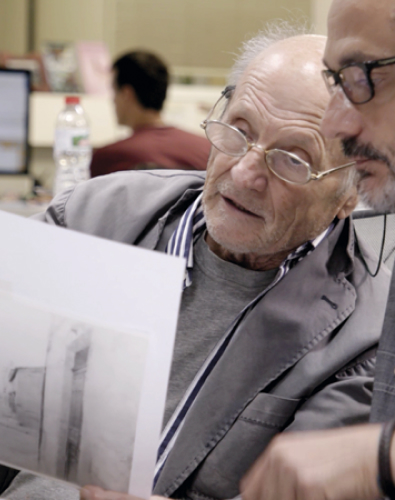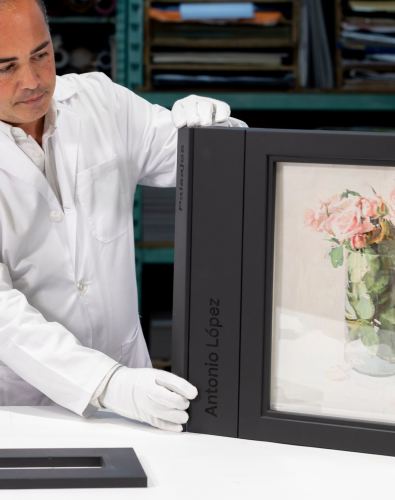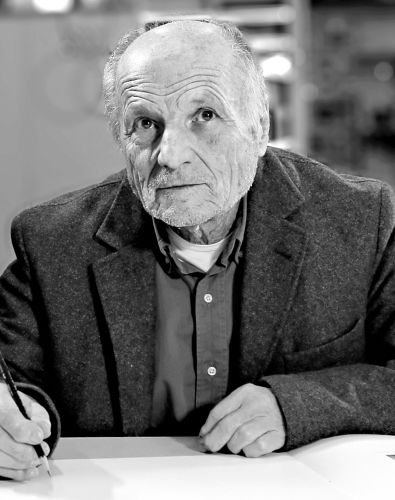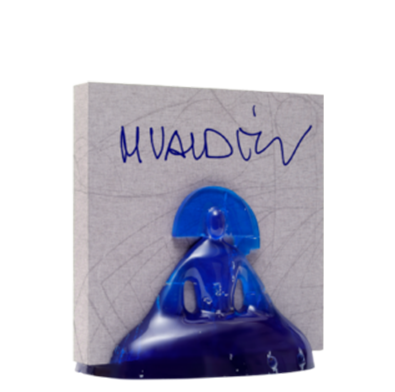Antonio López paints his life in this exclusive edition of Artika: the author shows the scenarios, the works and the most relevant people of his career and reveals his inner self through his way of capturing the outside world.
He evokes thoughts, experiences and emotions, sharing his story and his inspiration through the art of those who were his greatest influences. In this way, Paisajes becomes his most personal artist’s book and, at the same time, his most intimate portrait.
An exclusive edition limited to 2,998 hand-numbered copies, signed one by one by the artist.
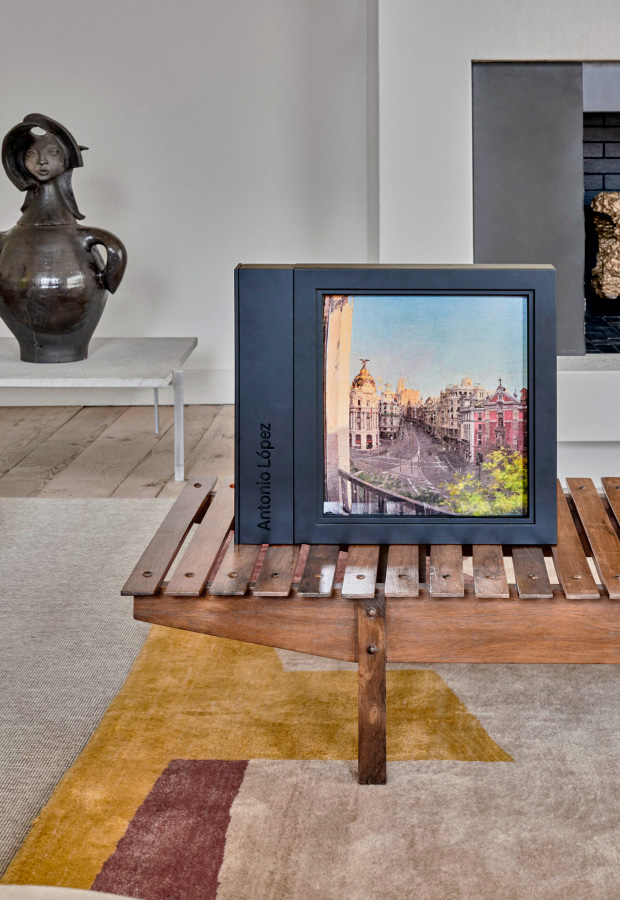
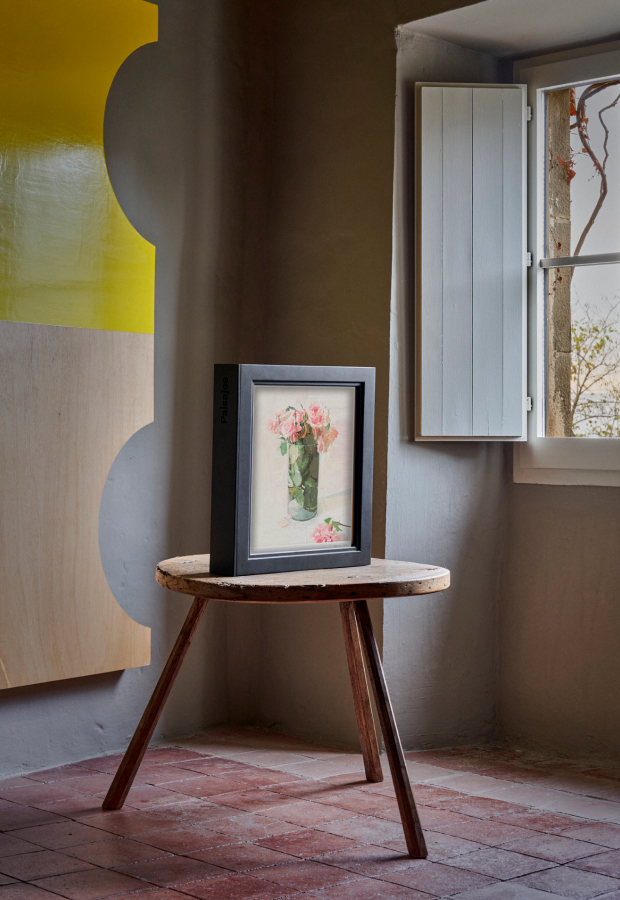
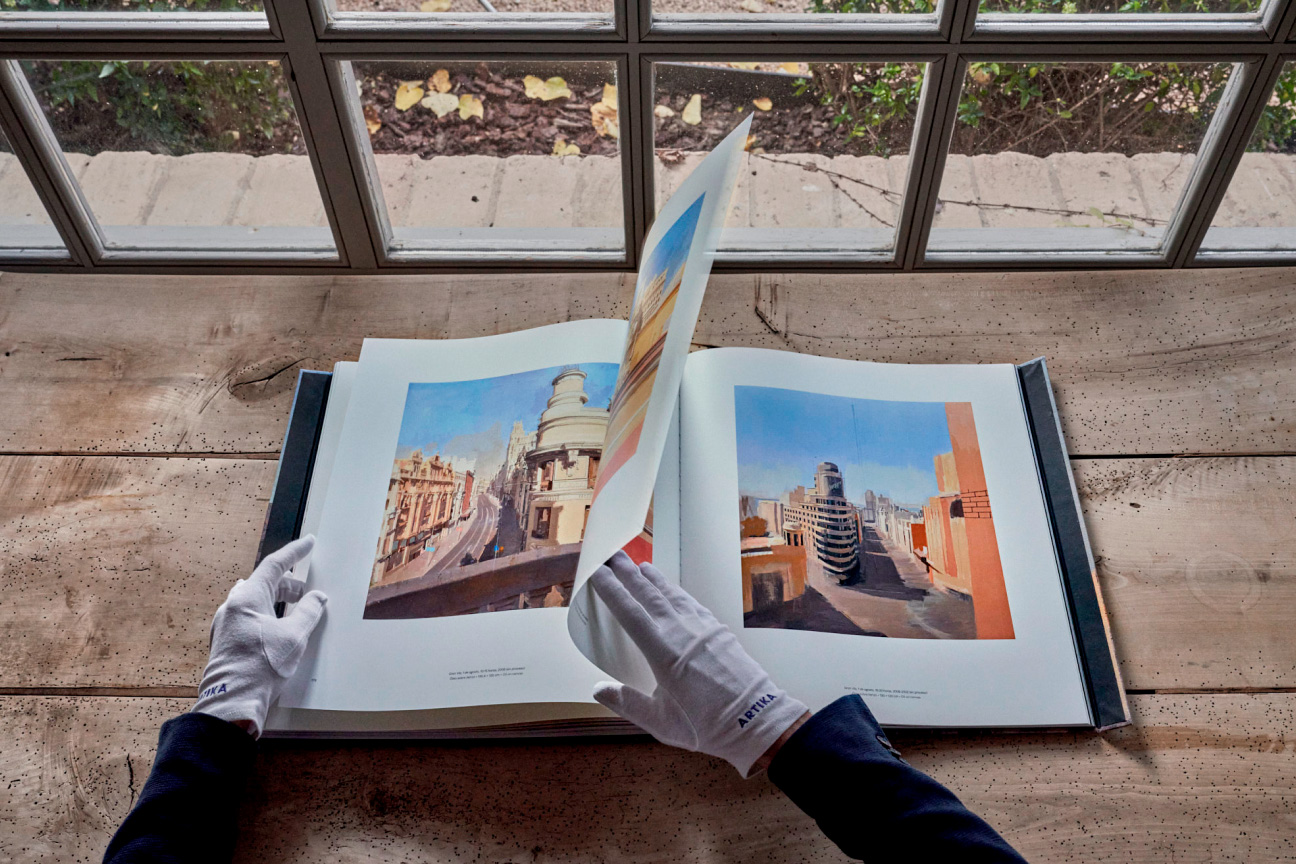
Antonio López has been involved in all phases of the project: in addition to signing the 2,998 copies, he handcrafted his own model of this edition. He chose the images from his paintings and drawings and hand-wrote his memories and reflections, in addition to ceding images from his personal archive. The result is a living work, structured as a personal diary, which covers his entire creative and life trajectory.
Paisajes spans a century of art and life: it begins in 1917, with the work of his uncle, Antonio López Torres, and later, it is his wife, María Moreno, also a painter, who takes center stage.
In a chronological way, López shows from his formative years and first paintings, passing through some of the remarkable moments around his artistic creation, to the urban scenes that have made him famous and the paintings he is still working on.
TECHNICAL SPECIFICATIONS
CASE - EXHIBITOR
- Case in MDF painted in noir gray monochrome.
- Name of the work and the author laser engraved on the side, on base stand.
- Tempered glass of 0.4 cm (0.16 in.).
- Size of the complete case: 53 x 49,5 x 9 cm. Window piece dimensions: 44 x 49.5 x 9 cm.
- Total weight of artwork: 9.2 kg (20.25 lb.).
ART BOOK
- The Art Book Chronologically, it shows us from the artist’s formative years and his first paintings, through some of the remarkable moments surrounding his artistic creation, to the urban scenes that have made him famous and the paintings he is still working on.
- Bilingual edition, Spanish and English
- 224 pages
- Size: 40.5 x 45 cm (15.95 x 17.72 in.).
- Weight: 4.5 kg (9.92 lb.)
GICLÉE PRINT
- 100% cotton paper, museum quality, with Melinex protective plastic.
- Diptych die-cut folder closed with white conservation cardboard, passe-partout type.
- Certificate of authenticity of the giclée and UN stamp in A4.
- Digital signature of the artist
- The window and the case are joined by magnets.
- Measurements: 39.6 x 46.4 cm (15.59 x 18.27 in.).
PRODUCTION PROCESS
OTHER COLLECTIONS
REQUEST INFORMATION
We will inform you about ARTIKA's works and news.




